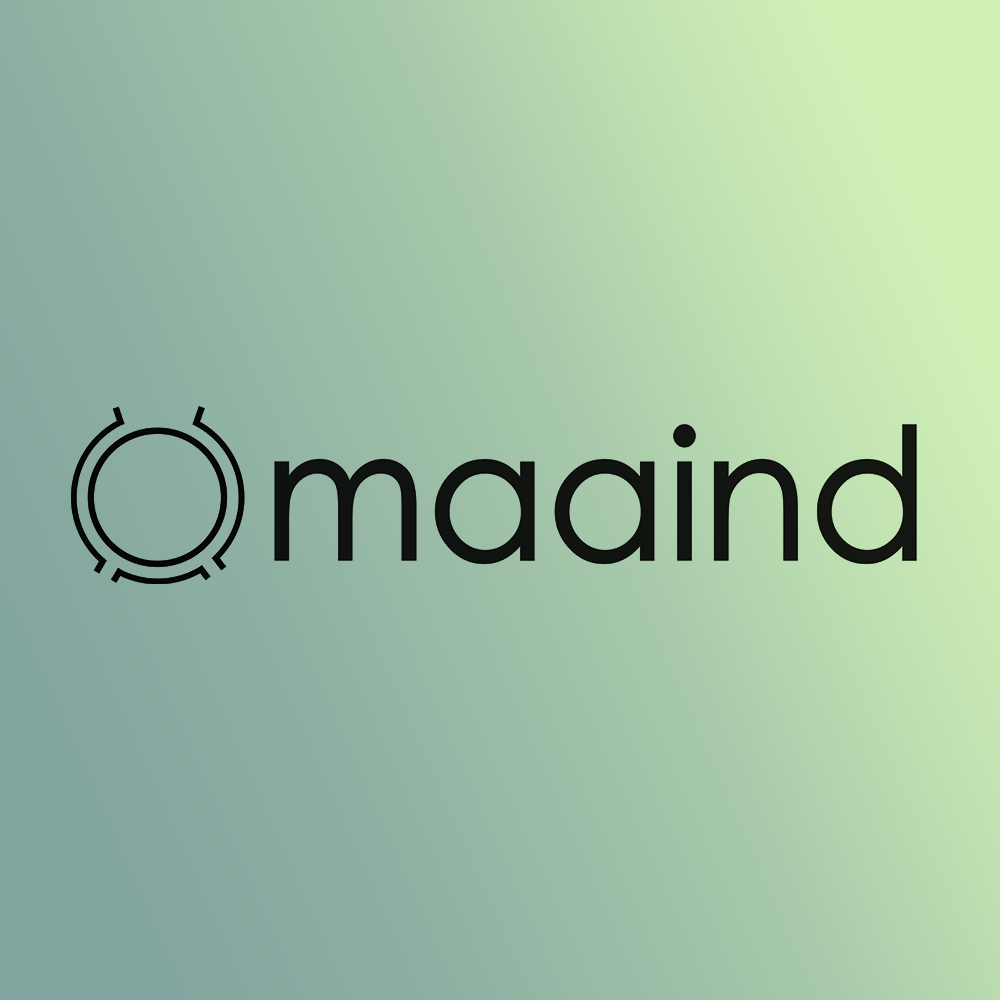Fullmoonfever
Top 20
BeEmotion (Nviso).
I had been wondering about BRN / BeEmotion given the brand change etc and if still well engaged.
Just watched a couple of investment (raises) videos / webinars put out by Birchal with the BeEmotion team from a month ago.
They are like 50+ mins each but extremely well worth the time to pick some little potential nuggets out of.
There is the usual waffle, so to speak, but the outlines of what they have been doing, some engagement hints etc are quite interesting if you really want to hunt for dots
They appear to have a JV with Maaind if I read it right on one their slides and the BeEmotion CEO advised that whilst they have NDAs (who doesn't these days ) their JV partner has "some" of their own partners on their website that might give some "clues". Presuming it is Maaind but could be wrong.
) their JV partner has "some" of their own partners on their website that might give some "clues". Presuming it is Maaind but could be wrong.

 www.maaind.com
www.maaind.com
About the 32.30 min mark on first vid if wanted to skip to. Interesting comment re a German(? Sound not that clear on ph) auto manufacturer demo (with BRN - MB or is it a diff one on their JV partner website - see if you spot it haha) and mentioned their joint demo at our booth this year. Quick to outline they are agnostic and have other relationships too, understandable, and it is primarily the customer deciding the final set up so to speak.
This next vid contains a lot more outline on current (Panasonic, Pain check) and potential upcoming relationships, Aus Defence, SLM v LLM, their mkt plans etc.
Very edge, on device, privacy, latency focused.
Their new BeEmotion website has the video of the in cabin demo though is edited (imo) of the original Nviso / BRN video.
Website with short version.

 www.beemotion.ai
www.beemotion.ai
Gonna take a punt and say that Tata Elxsi and BeEmotion would near top of my list for take ups next 6 - 12 mths.
I had been wondering about BRN / BeEmotion given the brand change etc and if still well engaged.
Just watched a couple of investment (raises) videos / webinars put out by Birchal with the BeEmotion team from a month ago.
They are like 50+ mins each but extremely well worth the time to pick some little potential nuggets out of.
There is the usual waffle, so to speak, but the outlines of what they have been doing, some engagement hints etc are quite interesting if you really want to hunt for dots
They appear to have a JV with Maaind if I read it right on one their slides and the BeEmotion CEO advised that whilst they have NDAs (who doesn't these days

Maaind | Mood-based Personalization with AI
Maaind is a leading neuroscience and AI company, creating an emotional intelligence layer that enables products and services to adapt to the user's emotions and stress levels in real-time, making experiences much more personalized and engaging.
 www.maaind.com
www.maaind.com
About the 32.30 min mark on first vid if wanted to skip to. Interesting comment re a German(? Sound not that clear on ph) auto manufacturer demo (with BRN - MB or is it a diff one on their JV partner website - see if you spot it haha) and mentioned their joint demo at our booth this year. Quick to outline they are agnostic and have other relationships too, understandable, and it is primarily the customer deciding the final set up so to speak.
This next vid contains a lot more outline on current (Panasonic, Pain check) and potential upcoming relationships, Aus Defence, SLM v LLM, their mkt plans etc.
Very edge, on device, privacy, latency focused.
Their new BeEmotion website has the video of the in cabin demo though is edited (imo) of the original Nviso / BRN video.
Website with short version.

Discovery AI | Explore Intelligent Solutions Today — BeEmotion
Discover BeEmotion's Discovery AI, delivering adaptive, real-time behavioral insights for Smart Mobility, Living, and Health applications. Contact us for custom AI solutions.
Gonna take a punt and say that Tata Elxsi and BeEmotion would near top of my list for take ups next 6 - 12 mths.



















